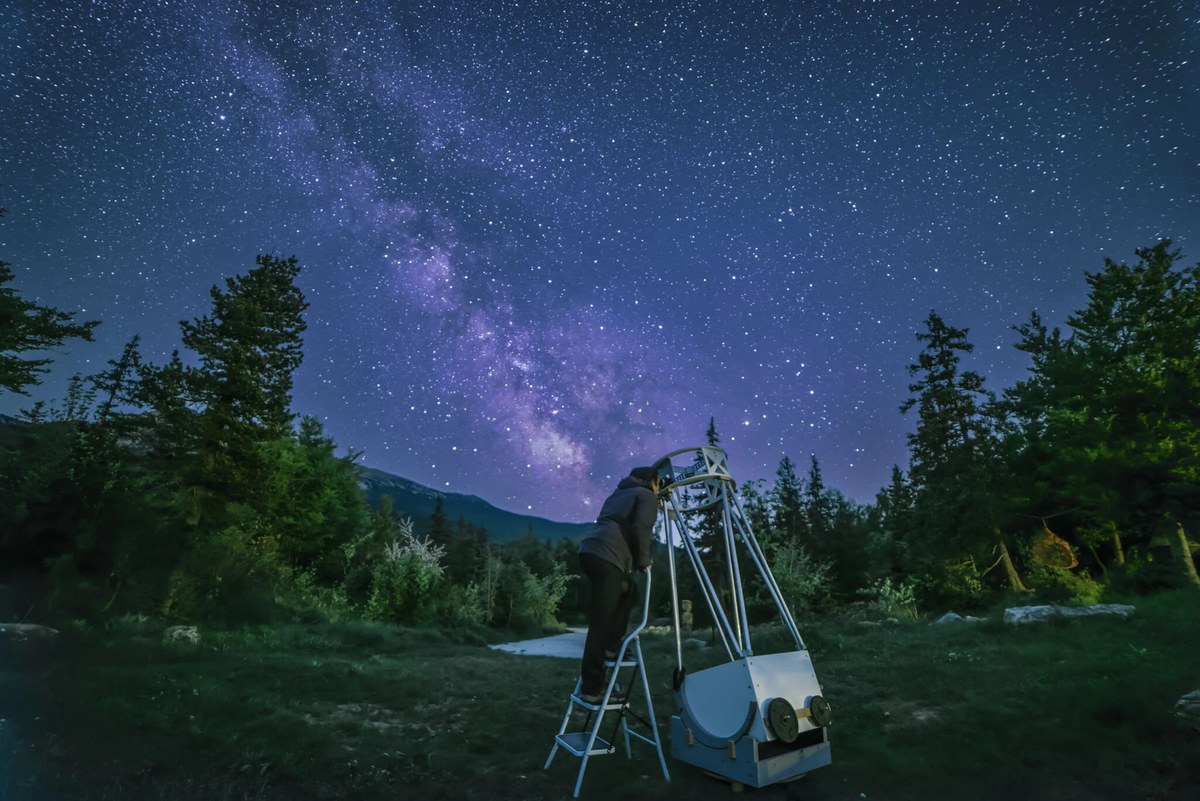Keeping our eyes on the stars
Dark nights have become a rarity in our bright world. Artificial light from settlements, industry, street lighting and billboards illuminates the night sky. In Austria, a new natural night sky area is being created that will preserve the view of the starry sky.
The planned natural night sky reserve encompasses the Styrian and Lower Austrian Eisenwurzen nature parks, the Ötscher-Tormäuer nature reserve, the Kalkalpen and Gesäuse national parks and the Dürrenstein-Lassingtal wilderness area. Many municipalities there are preparing for certification by the International Dark Sky Association (IDA), for example by converting street lighting and reducing façade lighting. According to the Austrian Federal Environment Agency, the region is one of the least light-polluted areas in Europe. According to the Light Pollution Science and Technology Institute, only one per cent of Europe’s population still lives under a natural night sky (as of 2016).
Natural night sky areas in the Alpine region
Founded in 1988, the IDA is committed to protecting the night sky from light pollution worldwide, for instance through public awareness campaigns, political advocacy, research and the development of guidelines for environmentally friendly lighting. Its certification programme for dark sky places recognises areas with outstanding night sky quality and advanced light management – there are currently over 200 worldwide. In the Alps, you can currently marvel at the twinkling stars in four dark sky parks: at the Winklmoosalm in Bavaria, in the Attersee-Traunsee Nature Park in Austria, in the Vercors Nature Park in France and in the Gantritsch Nature Park in Switzerland.
Sources and further information:
www.derstandard.at/story/3000000263682/groesstes-naturnachtgebiet-oesterreichs-will-die-dunkelheit-schuetzen (de), https://darksky.org/places/winklmoosalm-dark-sky-park/ (en), https://darksky.org/places/naturpark-attersee-traunsee-dark-sky-park/ (en), https://darksky.org/places/regional-natural-park-of-vercors/ (en), https://darksky.org/what-we-do/ (en), https://science.orf.at/stories/3229476/ (de), https://www.science.org/doi/10.1126/sciadv.1600377 (de)

